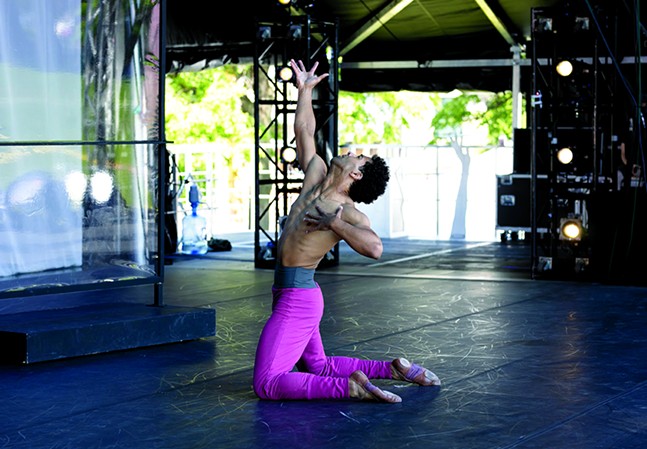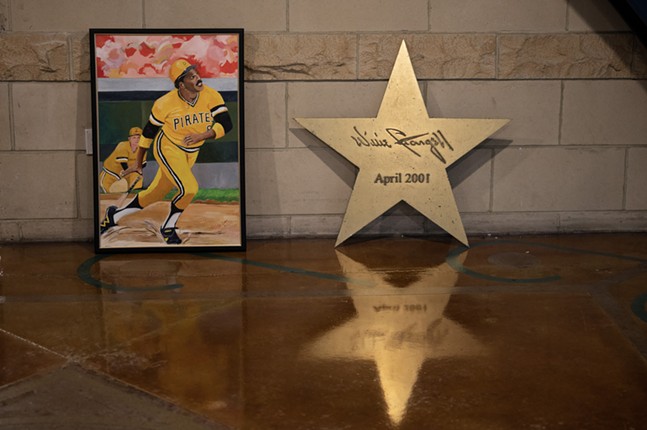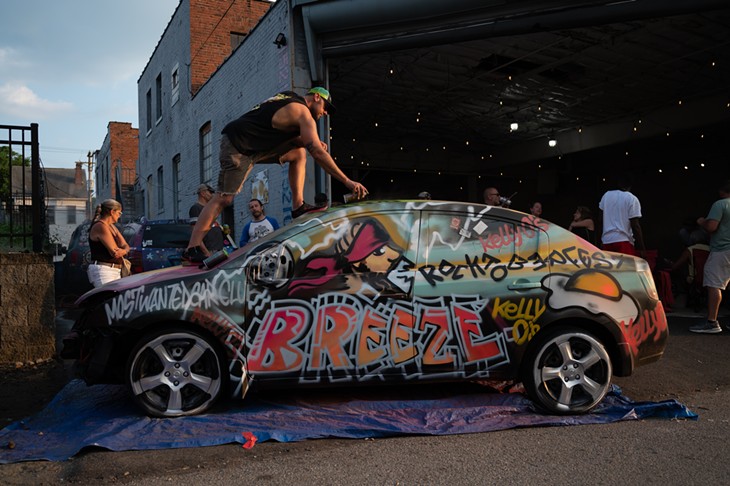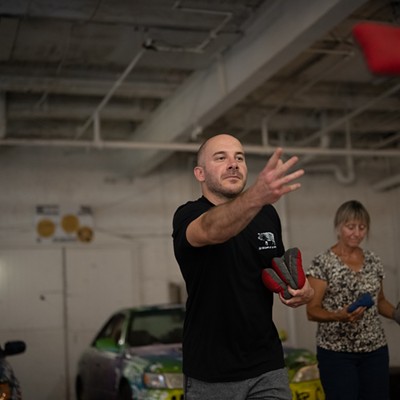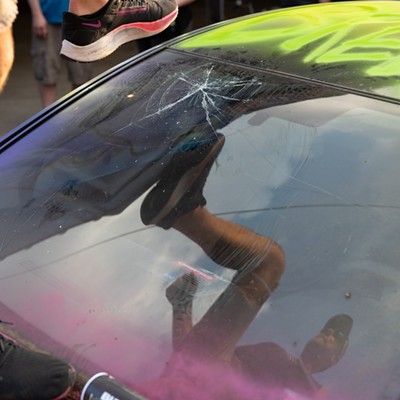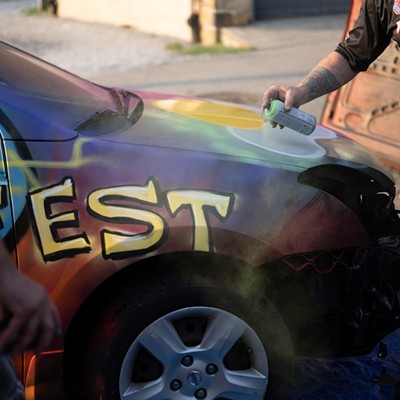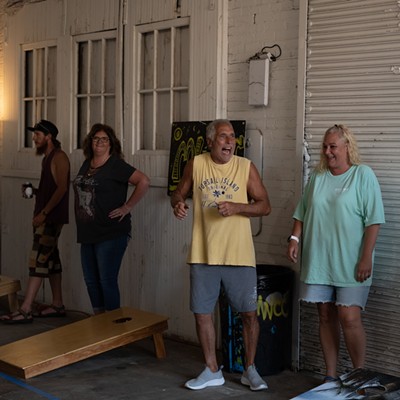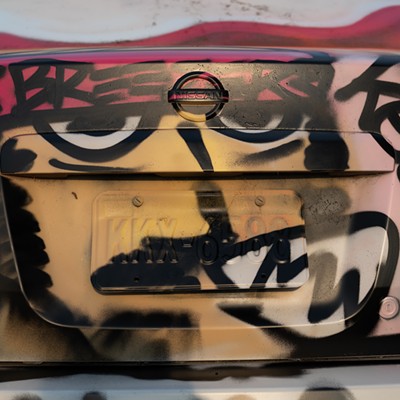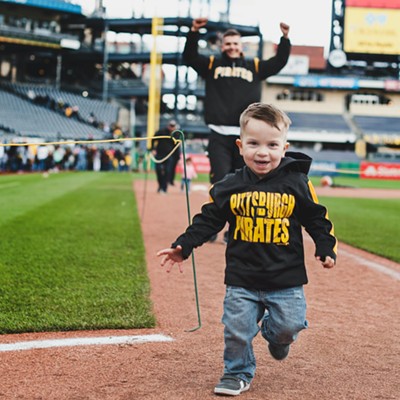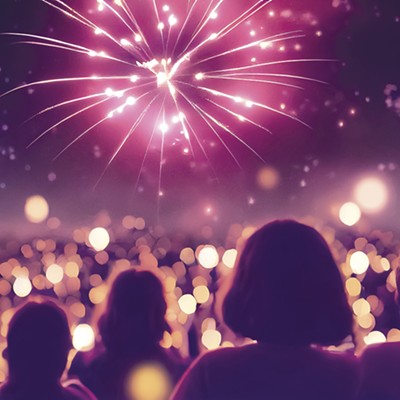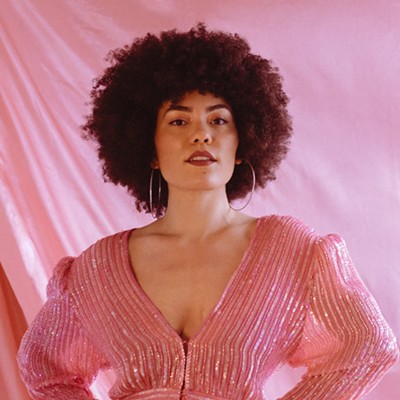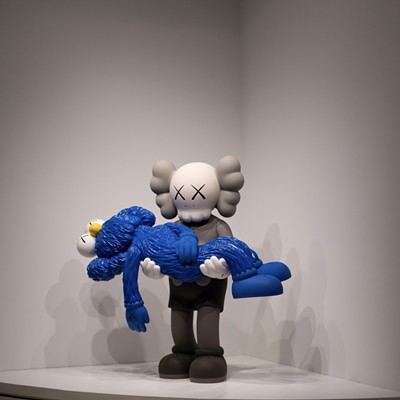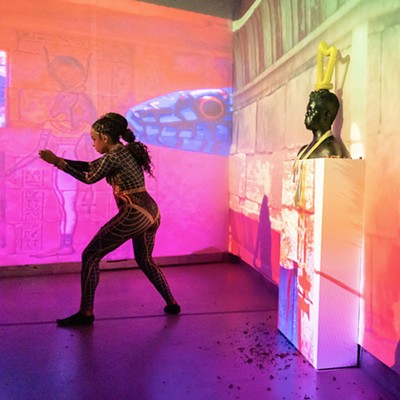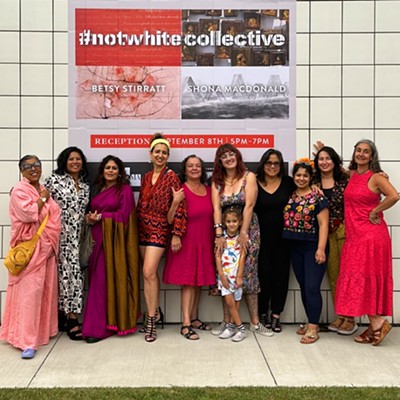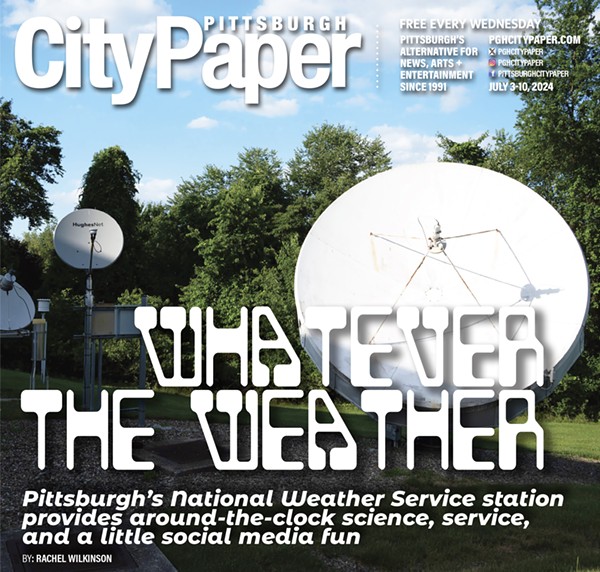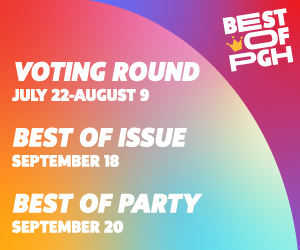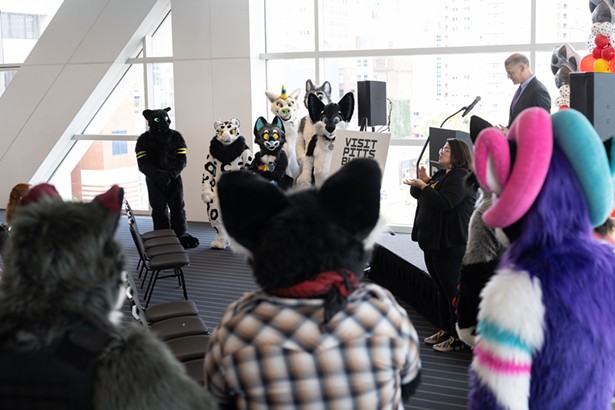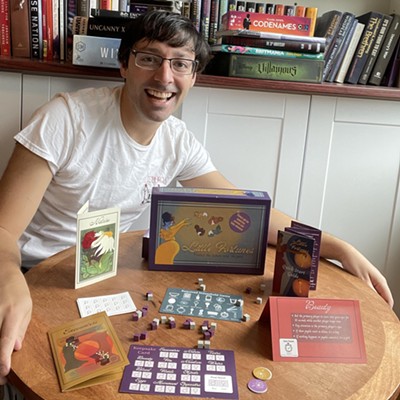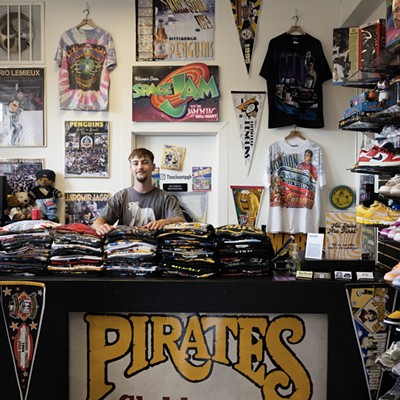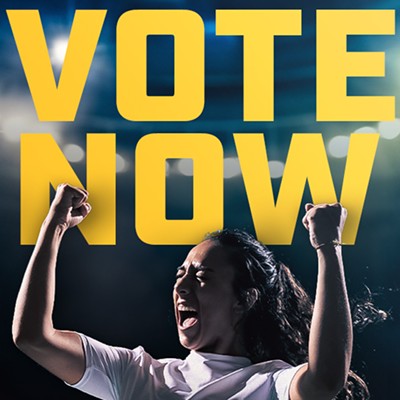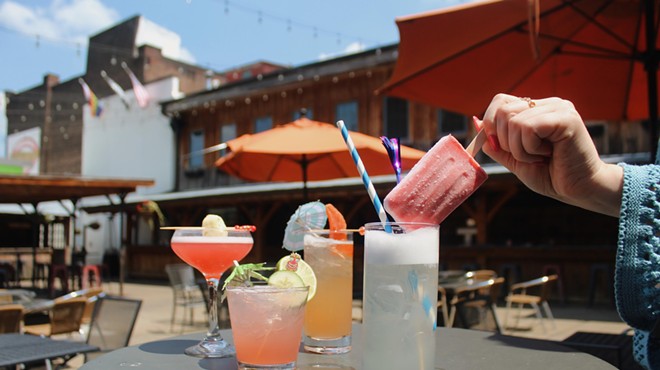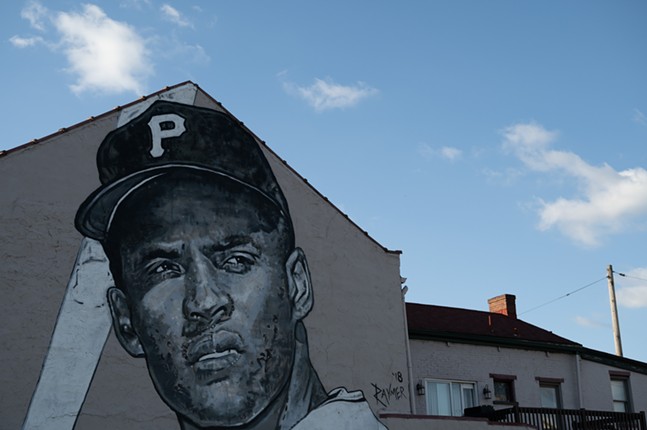
The most recognizable intersections of art and sports are the ones where sport-related artworks are exhibited, and when sporting events feature art forms such as painting, dance, or music. These convergences tend to be highlighted as if sports and the arts are worlds apart — on the surface, they appear to be, but they aren’t so different.
Sports and the arts, in their purest forms, are beautiful pastimes passionately pursued and engaged. Communities form around amateur participation and observation of both. They have extensive histories and can teach creativity, ingenuity, teamwork, and discipline. They can be mindless entertainment or platforms for social change, unification, and the pursuit of justice.
At the highest level, sports and the arts require immense skill that, to truly appreciate as a spectator, demands rigorous study. At their worst, art and sports are tools for capitalist ambitions that disregard everything sacred, fueling divisive communities that only care about winning at the expense of everyone and everything else.
Regarding Pittsburgh, it could be argued that the city is to sports as it is to art. The mid-sized City of Champions is home to the Carnegie International, the longest-running North American exhibition of international contemporary art, and world-famous pop artist Andy Warhol.
Industry similarities aside, there’s a lot of overlap in the performance of art and sport. Making art is often physical, and the playing of sport is often artistic. I appreciate sports through an artistic lens, and it can be frustrating when the city’s attention towards sports leaves little focus on art. This includes closing the Carnegie Science Center during Steelers home games (which I get, but also don’t believe to be completely necessary).
I believe that sports can be a platform for art if we’re willing to recognize the art that occurs organically within and around the game. This can go beyond collaborative marketing campaigns, beyond artists throwing out first pitches, beyond athletes who appear as celebrity guests during the party scene in Pittsburgh Ballet Theatre’s annual performance of The Nutcracker.
Speaking of ballet, consider the movement of athletes. I’ve seen Steelers running back Najee Harris leap over defenders with as much grace as PBT dancer Corey Bourbonniere. And while a spin move by Penguins center Evgeni Malkin might not be as graceful as a figure skater, it's just as marvelous when you consider he’s doing it against defenders while escaping the violence they’re legally allowed to enact. The movements of Penguins legend Sidney Crosby are reminiscent of Pittsburgh-born choreographer and MacArthur Fellow, Kyle Abraham.
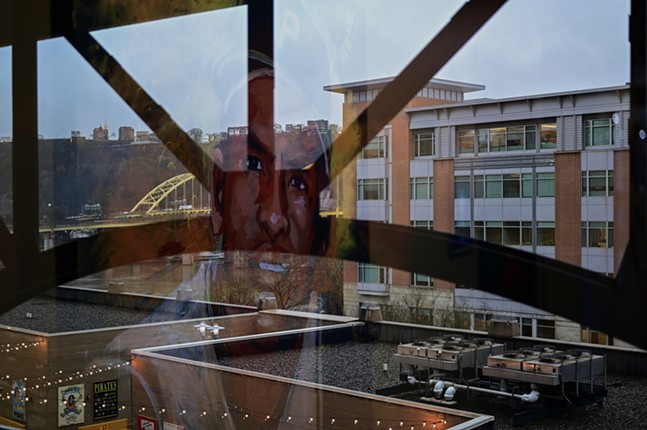
If you have an eye for design, there’s plenty in and around sports to acknowledge — the fields, the jerseys, the stadium signage, the fanmade signage, the graphics on the jumbotron, the equipment, the tickets, and the logos. The Steelers logo, with its three star-like shapes, was adopted in 1962 from the American Iron and Steel Institute’s Steelmark logo. The Steelmark logo was designed by Lippincott and Margulies, a firm responsible for some of the world’s most recognizable corporate designs, including the Campbell’s Soup label appropriated by Warhol.
The experience of watching any game becomes much more enjoyable when you know what to look for, and, sometimes, what to listen for.
In any game, songs and sounds are essential to the experience. One of many examples of this can be found in Nike’s Basketball Freestyle commercial (2001) where NBA stars dribble and pass a ball around to the rhythm of sounds made during a game. The basketball colliding with the wood before forcefully ascending to its sender’s hand, sneakers squeaking against the floor, the ball diving through the net, the involuntary grunts resulting from bodies crashing, the yank of a steel rim, the slap of a tempered glass backboard, all perfectly blended. In real life, these sounds aren’t meticulously arranged and looped, but there is still a beauty in their organic rhythm that, when combined, can sound as beautiful as a walk in the park scored by birds singing, leaves rustling, and winds bouncing off nature’s architecture.
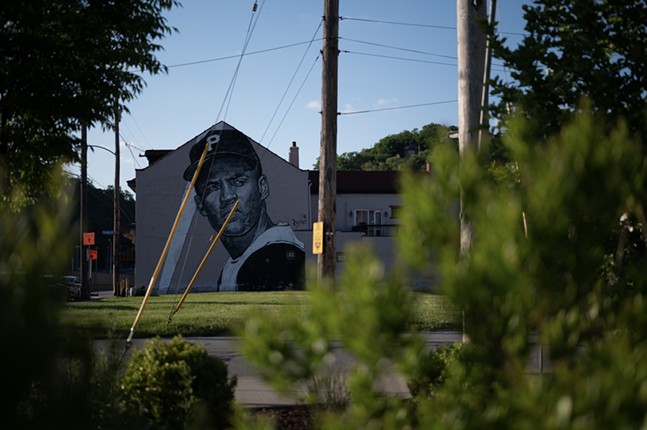
Speaking of architecture, there’s plenty to behold at PNC Park, famous for its breathtaking view of the city’s skyline. Architecture, however, isn’t just the design of buildings, it’s how they’re experienced, and how they impact our existence. Every game presents an opportunity to encounter the surrounding architecture. It’s astonishing when the sun sets and the buildings glow Pirates gold, but it’s also breathtaking when it’s Hawaiian shirt giveaway day and the yellow button-ups make the stadium glow from within. There’s a performance of beauty that is unique to every game, and if you appreciate that sort of thing, you should witness as many renditions as possible by going to as many games as you can
Instead of awkwardly placing art within the sports world — which can often do a disservice to both pastimes — I propose we highlight the art that already exists in sports spaces, things people love that maybe they didn’t previously consider artistic. The beauty of art is that it’s all around us. It’s not just that we learn to make and place art, it’s that we learn to notice and appreciate it when we see it. In sports, the art is already there.

